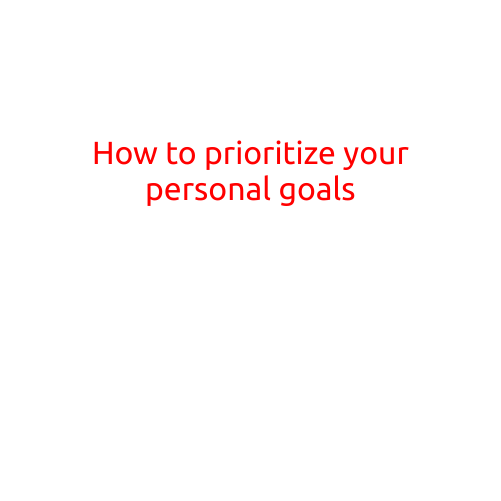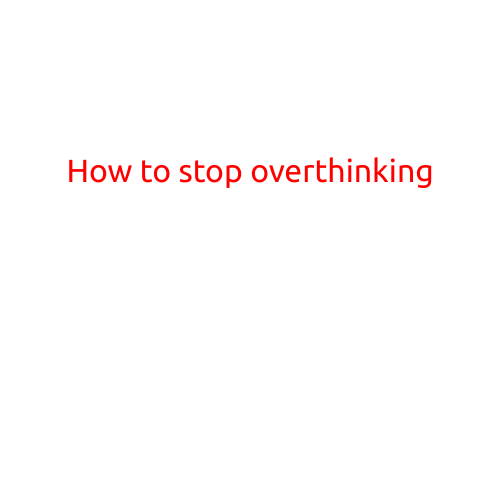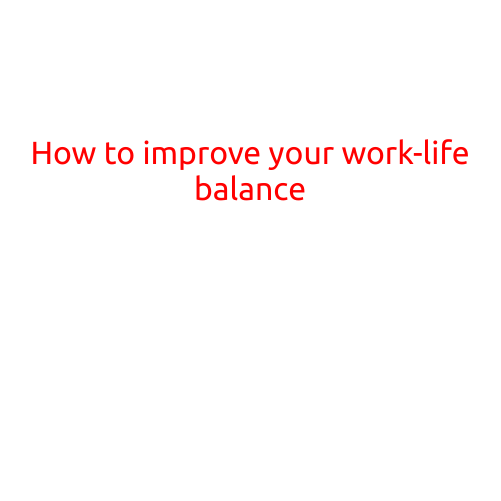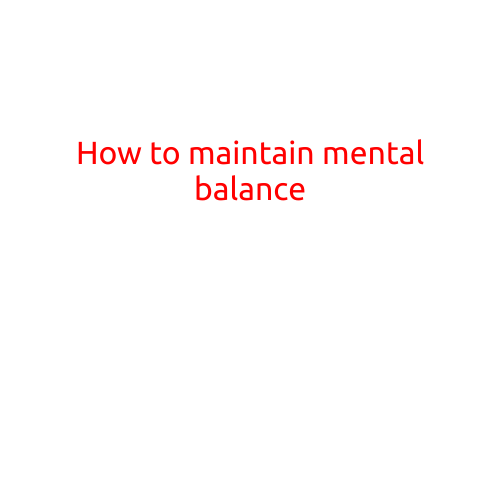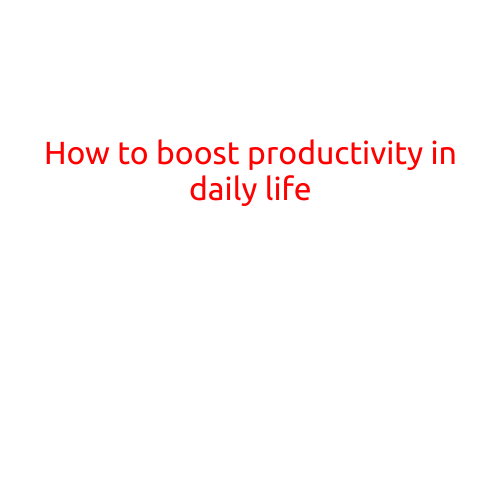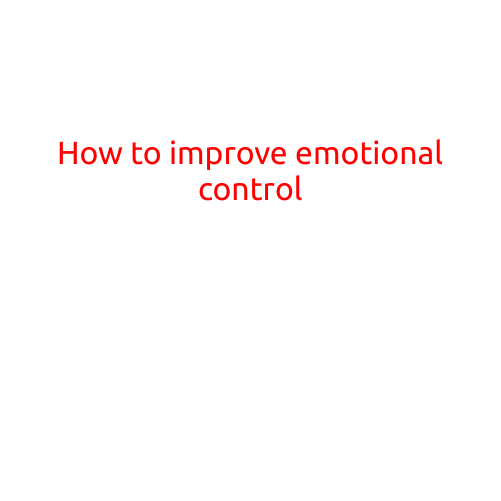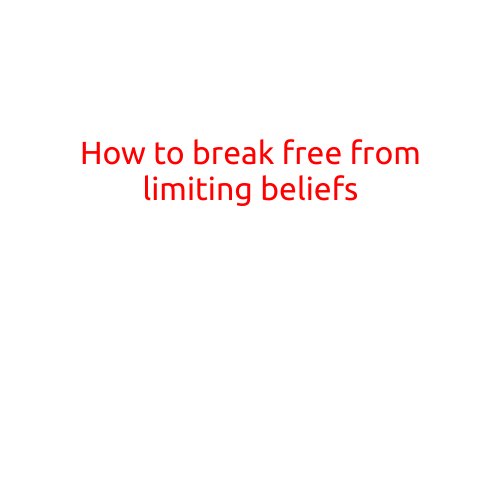
How to Break Free from Limiting Beliefs
Limiting beliefs can hold us back from achieving our full potential and living the life we truly desire. These beliefs can be deeply ingrained and may have been passed down to us from family, friends, or society. However, it’s never too late to recognize and challenge these beliefs, and to break free from their constraints.
What are Limiting Beliefs?
Limiting beliefs are negative, automatic thoughts that can shape our perceptions, attitudes, and behaviors. They can be self-doubting, self-critical, or unrealistic, and can limit our abilities and possibilities. Examples of limiting beliefs include:
- “I’m not good enough.”
- “I’ll never be able to [achieve a goal or accomplish a task].”
- “I’m too old/too young/too [fill in the blank] to [achieve something].”
- “I’m not smart enough/skilled enough/talented enough.”
Why Do We Hold onto Limiting Beliefs?
There are several reasons why we may hold onto limiting beliefs, including:
- Fear of failure or uncertainty
- Lack of self-confidence or self-doubt
- Negative experiences or past traumas
- Fear of rejection or criticism
- Societal expectations or pressure
How to Break Free from Limiting Beliefs
Breaking free from limiting beliefs requires effort, patience, and self-awareness. Here are some strategies to help you overcome them:
- Recognize and Identify Your Limiting Beliefs
The first step to breaking free from limiting beliefs is to acknowledge them. Take time to reflect on your thoughts, emotions, and behaviors. Identify the beliefs that repeatedly arise and the emotions they evoke. Common emotions associated with limiting beliefs include anxiety, fear, and frustration.
- Challenge Your Beliefs
Once you’ve identified your limiting beliefs, challenge them by asking yourself questions like:
- Is this belief supported by facts or evidence?
- Is this belief based on a specific experience or a generalization?
- Is there another way to look at this situation?
- Would I say these things to a friend?
- Practice Self-Compassion
Practice self-compassion by treating yourself with kindness, understanding, and acceptance. Remind yourself that everyone makes mistakes and that you’re doing the best you can. Be gentle with yourself, and acknowledge your strengths and accomplishments.
- Reframe Your Beliefs
Replace negative, limiting beliefs with positive, empowering ones. For example, instead of “I’m not good enough,” try reframing it as “I’m learning and growing every day.” Instead of “I’ll never be able to [achieve a goal or accomplish a task],” try reframing it as “I’ll do my best and learn from any setbacks.”
- Focus on Positives
Practice gratitude and focus on the positive aspects of your life. Reflect on your strengths, accomplishments, and the things that bring you joy. This can help shift your perspective and reduce negative thoughts.
- Seek Support
Surround yourself with positive, supportive people who encourage and believe in you. Share your struggles and successes with them, and ask for their feedback and guidance.
- Practice Mindfulness and Meditation
Mindfulness and meditation can help you stay present and focused, rather than getting caught up in negative thoughts and emotions. Regular practice can help you develop greater self-awareness and reduce stress.
Conclusion
Breaking free from limiting beliefs requires a willingness to confront and challenge negative thoughts, emotions, and behaviors. By recognizing, identifying, and challenging your limiting beliefs, you can develop a more positive and empowering mindset. Remember to practice self-compassion, focus on the positives, and seek support from others. With time and effort, you can overcome limiting beliefs and unlock your full potential.
